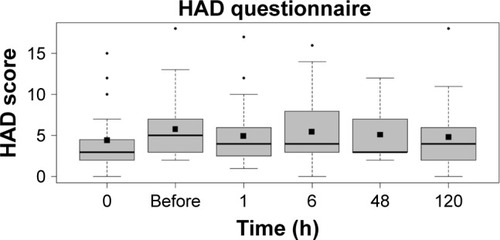Figures & data
Figure 1 Mean postoperative pain intensity development measured by VAS (blue line) and NPRS (orange line) questionnaires.

Figure 2 Postoperative pain intensity evolution by gender.
Abbreviation: VAS, visual analog scale.
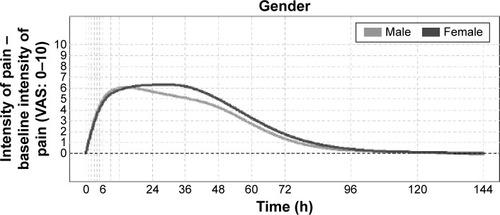
Figure 3 Postoperative pain intensity evolution by age.
Abbreviation: VAS, visual analog scale.

Figure 4 Overall pain level as estimated by PCA1.
Abbreviation: PCA, principal component analysis.
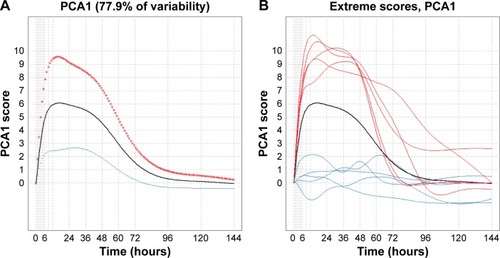
Figure 5 Recovery time estimated by PCA2.
Abbreviation: PCA, principal component analysis.
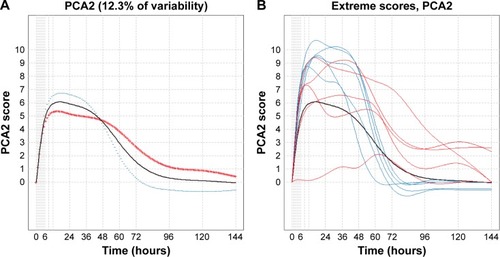
Figure 6 Postoperative pain intensity evolution by rescue medication.
Abbreviation: VAS, visual analog scale.
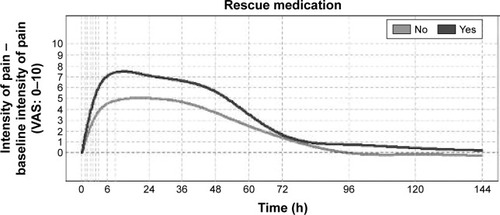
Table 1 Ocular symptoms reported by the patients before and after ASA, rated on a Likert scale of 4 points (from 0= no symptom to 3= worst imaginable symptom)

